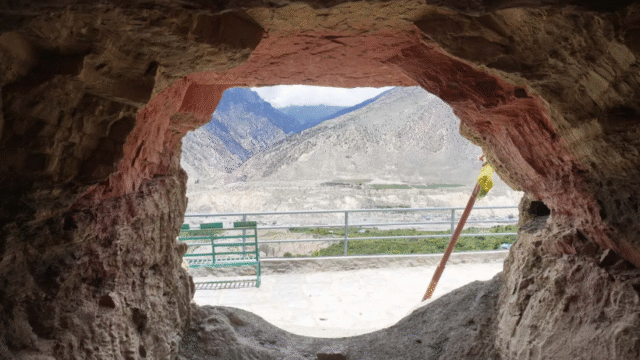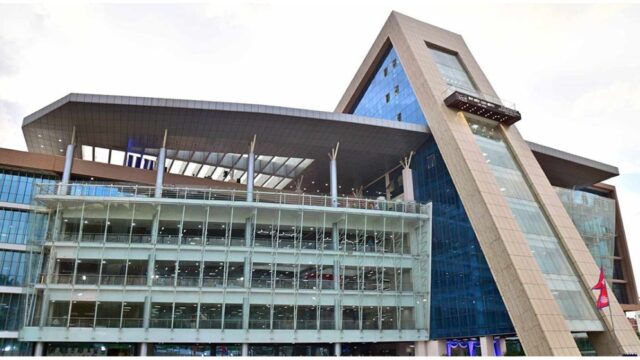During an international conference on “Religious Tourism: Challenges and Opportunities in the Present Time” held today in Pokhara, Dilliraj Bhatta, Chief of Gandaki Province, underscored Nepal’s potential for economic growth through tourism. The event, organized by the Nobel Academy in collaboration with SSPG College, Saharanpur, India, aimed to explore how religious tourism can drive prosperity.
Bhatta highlighted Pokhara’s status as the tourist capital of Nepal, asserting that such international gatherings could significantly boost tourism. He emphasized the value of these conferences in providing actionable strategies for leveraging religious tourism to achieve economic benefits.
“Including scholars and intellectuals, these international conferences are instrumental in outlining a clear path to prosperity through religious tourism in Nepal,” Bhatta said. He noted that insights from the conference would benefit policymakers and academics, facilitating effective tourism development and policy implementation. Additionally, the event is expected to support the internationalization of local tourist spots and improve educational standards in local universities.
Bhatta pointed to the global success of countries that have harnessed religious tourism for development. He cited Nepal’s rich spiritual heritage, from the Hindu pilgrimage site of Pashupatinath in Kathmandu to Lumbini, the birthplace of Buddha, and Muktinath in Gandaki. “Nepal, the land of sages and ascetics, attracts tourists from around the world,” he said.
Promoting Lumbini as a center for global peace and religious tourism was a focal point in Bhatta’s remarks. He advocated for enhancing Lumbini’s profile as a significant site for Buddhists globally, which he believes will substantially increase tourist inflow.
Bhatta also mentioned Nepal’s ongoing efforts under its tourism revival plan, which includes organizing various international conferences. He stressed the importance of the current conference in promoting spiritual tourism through educational initiatives. The event featured participants from neighboring countries like India, Bangladesh, and Bhutan, including representatives, academicians, researchers, and students.






